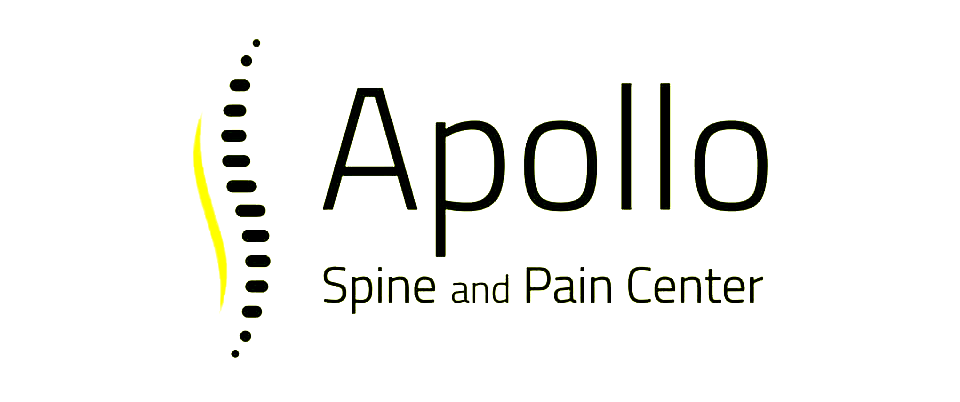Regenerative Medicine: A New Hope for CRPS Sufferers
Complex Regional Pain Syndrome (CRPS) is a chronic pain condition that affects the arms or legs after an injury. This condition can cause severe pain, swelling, and changes in the skin. People with CRPS often find it difficult to perform daily activities due to the intense pain and discomfort.
Living with CRPS is challenging, but new treatments are offering hope. Regenerative medicine, which includes Platelet-Rich Plasma (PRP) therapy, is showing promise in helping people with CRPS. These treatments focus on healing the damaged tissues and reducing pain. Unlike traditional treatments, regenerative medicine aims to repair the root cause of the pain, not just mask the symptoms.
Learning about these new treatment options can make a big difference for CRPS sufferers. By exploring how regenerative medicine works and its benefits, patients can make informed decisions about their care. This approach offers a new path to managing pain and improving quality of life for those with CRPS.
What is CRPS and How Does It Affect Patients?
CRPS, or Complex Regional Pain Syndrome, is a chronic pain condition that usually affects one limb, such as an arm or a leg. It often develops after an injury, surgery, stroke, or heart attack. The pain is much more severe than what you would expect from the initial injury. CRPS can lead to intense pain, swelling, and changes in skin color and temperature. The affected limb might feel hot one moment and cold the next, and the skin can become shiny and thin.
People with CRPS might experience burning pain, sensitivity to touch, and throbbing in the affected area. The pain can make it hard to move the affected limb, which can lead to muscle stiffness and weakness. Over time, the condition can also cause changes in hair and nail growth on the affected limb. These symptoms can make everyday tasks like getting dressed, cooking, or even walking very difficult.
CRPS can also impact mental health. The constant pain and discomfort can lead to feelings of depression and anxiety. It's important to understand the signs and symptoms of CRPS so that you can seek appropriate treatment. Early diagnosis and treatment can prevent the condition from worsening and help manage the symptoms more effectively.
Understanding Regenerative Medicine and PRP Therapy
Regenerative medicine is a field of medical science focused on repairing or replacing damaged tissues and organs. This approach uses the body's own healing processes to improve function and reduce pain. One of the most promising treatments in regenerative medicine is Platelet-Rich Plasma (PRP) therapy. PRP is made from your own blood. The blood is processed to concentrate the platelets, which are cells that help with healing and tissue repair.
PRP therapy involves injecting the concentrated platelets into the affected area. The platelets release growth factors that help repair damaged tissues and reduce inflammation. This can lead to a reduction in pain and an improvement in function. Because PRP uses your own blood, there is a low risk of side effects or allergic reactions.
PRP therapy has been used to treat various conditions, including sports injuries, arthritis, and tendonitis. For CRPS sufferers, PRP therapy offers a new and promising treatment option. By targeting the damaged tissues directly, PRP therapy can help reduce the chronic pain and inflammation associated with CRPS. It is a minimally invasive procedure that can be done in an outpatient setting, making it convenient for patients.
Benefits of Regenerative Medicine for CRPS
Regenerative medicine offers several benefits for those suffering from CRPS. One of the biggest advantages is pain relief. By targeting the damaged tissues directly, treatments like PRP therapy can help reduce the chronic pain that comes with CRPS. This can make daily activities more manageable and improve your quality of life.
Another benefit is the potential to reduce inflammation. Inflammation often worsens CRPS symptoms, and PRP therapy can help calm the inflamed areas. The growth factors in PRP promote healing and reduce the swelling, making it easier for you to move the affected limb. This can help prevent muscle stiffness and improve your range of motion.
Regenerative medicine is also minimally invasive. Unlike surgeries, which require long recovery times, PRP therapy involves simple injections. This means you can get the treatment done quickly and get back to your regular activities sooner. Because the procedure uses your own blood, there are fewer risks of complications or allergic reactions.
How to Get Started with Regenerative Medicine for CRPS
If you’re interested in exploring regenerative medicine for your CRPS, the first step is to talk to your doctor. They can help determine if PRP therapy or other regenerative treatments are right for you. It’s important to discuss your medical history, current symptoms, and any other treatments you’ve tried before.
Finding a qualified healthcare provider who specializes in regenerative medicine is crucial. Look for clinics with experience in treating CRPS and other pain conditions. During your consultation, the doctor will explain the procedure, potential benefits, and what to expect during recovery. They may also perform some tests to make sure you’re a good candidate for the treatment.
Once you’ve decided to proceed, the actual PRP therapy is straightforward. A small sample of your blood is taken and processed to concentrate the platelets. These platelets are then injected into the affected area. The entire process usually takes about an hour, and you can go home the same day. Follow-up appointments will help monitor your progress and adjust the treatment plan as needed.
Final Thoughts
Living with CRPS can be incredibly challenging, but regenerative medicine offers new hope for managing this condition. By focusing on healing the damaged tissues and reducing inflammation, treatments like PRP therapy provide a promising alternative to traditional pain relief methods. These treatments are not only effective but also minimally invasive, making them a convenient option for many patients.
If you or a loved one is suffering from CRPS, it’s worth considering regenerative medicine as part of your treatment plan. Consult with a qualified healthcare provider to see if this innovative approach is right for you. The benefits can be life-changing, providing relief from chronic pain and improving your overall quality of life.
Ready to explore
regenerative medicine for your CRPS? Contact Apollo Spine and Pain Center today to schedule a consultation. Let us help you find the relief you need and take the first step towards a pain-free life.












